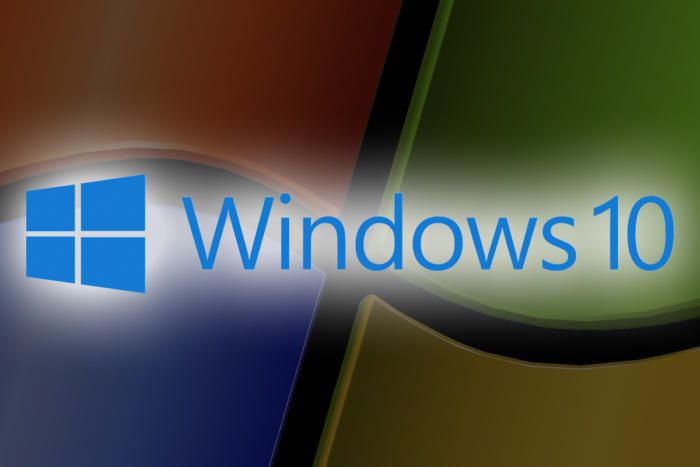The so-called ‘courtesy reminders’ will be showing up on users’ PCs beginning in April, nine months before support for Windows 7 ends.
Microsoft in April plans to begin nagging Windows 7 users with messages that the operating system is nearing its forced retirement, the company said Tuesday.
“Beginning next month, if you are a Windows 7 customer, you can expect to see a notification appear on your Windows 7 PC,” Matt Barlow, a Microsoft marketing executive, wrote in a post to a company blog.
Preemptively labeling the nags “courtesy reminders,” Barlow told Windows 7 users to expect them “a handful of times” between April and December. Windows 7 officially falls off support on Jan. 14, 2020.
The Windows 7 notices will appear eight months earlier than those XP warnings. Only in March 2014, just a month before XP’s expiration, did Microsoft begin placing on-screen reminders of the impending date. The Windows XP proclamations were issued monthly. If Microsoft uses the same schedule and cadence, it will first push the notices to Windows 7 on April 14, then repeat them on the 14th of each subsequent month.
Based on Microsoft’s moves around XP, Computerworld had predicted December as the nags’ likely debut. Instead, Microsoft jumped the gun.
The accelerated schedule may be due to Windows 7’s continued strength. According to Computerworld‘s latest forecast, which relies on data from analytics company Net Applications, Windows 7 will power more than 40% of all Windows personal computers at the end of January 2020. If accurate, that number would be significantly higher – about 35% higher – than the portion of all Windows PCs that ran XP soon after it reached support retirement.
Microsoft may hope that by posting nags earlier, it will reduce the larger fraction of Windows 7 systems before support ends.
Five years ago, Microsoft pushed the on-screen alerts only to systems maintained using Windows Update, the stock consumer and small business service. Windows 7 PCs managed by enterprise IT staff using Windows Server Update Services (WSUS) were not fed the nag. Administrators were also able to remove and/or prevent the warning by modifying the Windows registry or setting a group policy.
It’s almost certain that similar options will exist for the Windows 7 notice.
This article originally appeared on ComputerWorld.

